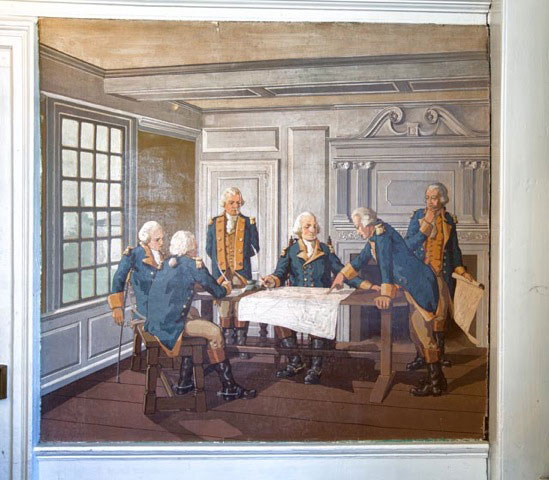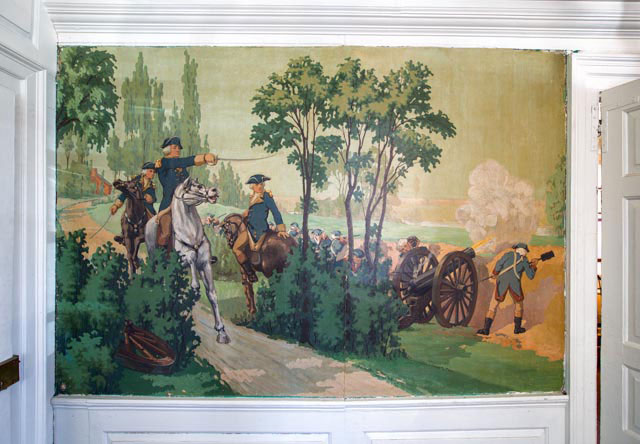
Home Structural Products & Services, Stairlifts
Structural Products & Services, Stairlifts
Furniture, Clocks,
Accessories
Antiques, Folk Art,
Fine Art, Auction Houses
![]()
WALLACE NUTTING REVEALED
By Max H. Peters Photos by Skip Broom
| “A person who does not collect,” wrote Wallace Nutting, “is a moron.” That got my attention, but what I read next came with a shock of self-recognition: “The calamity that befalls the individual who shuts himself ever within walls, and only looks at a machine and allows himself to be unaware of the world he lives in, is the only real calamity.”It’s time to get out from behind the computer and back into the real world. Thanks, Uncle Wallace, I needed that. | 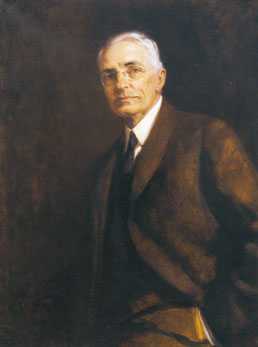 Portrait of Wallace Nutting Photo: Wadsworth Atheneum |
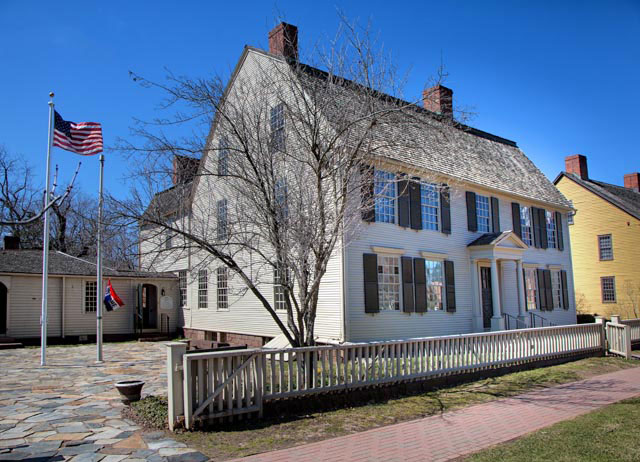 |
Wallace Nutting, the son of a Northern soldier killed in the Civil War, was born in 1862 and died 1941. He is considered the central figure in the Colonial Revival. Retired from the Congregationalist ministry at age 43 after a nervous breakdown, he took up photography on the advice of his doctor. Within a few years, hundreds of thousands his mass-produced hand-tinted photographs of what he called “Old America” were hanging in parlors across America. His first production facility was a barn-like structure he put up behind his home in Southbury, Connecticut. The business grew to a point where he moved to Framingham, Massachusetts, and opened a factory where he continued producing photographs and started mass-producing replica Colonial furniture. He also started writing and publishing travel books; his basic philosophy stated in a line in Connecticut Beautiful: “From the harebell to the huge conifer through the entire gamut of the natural world, there is a persistent and limitless declaration that beauty is at the heart of things, and that nothing can stop its upcoming and ongoing. “ |
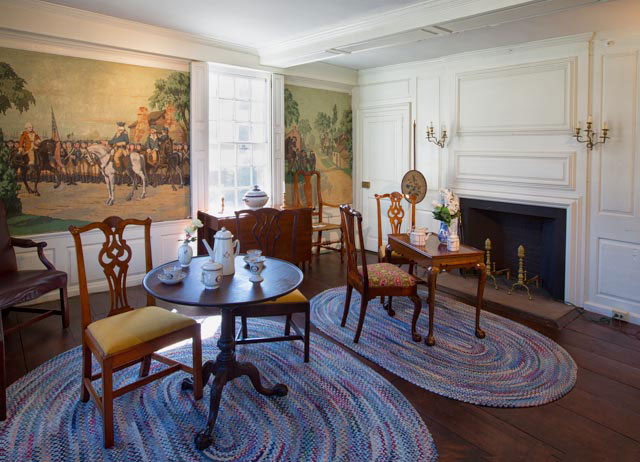 |
Mural depicting the council of war between Washington and Rochambeau that took place in this room in May of 1781. "Note, " writes Webb-Deane-Stevens Museum Executive Director Charles T. Lyle, "the elaborate overmantel that was added by Nutting in 1916 and removed by the Colonial Dames as part of their restoration, c.1920. It is now at the Winterthur Museum in Delaware." |
|
In 1916, Nutting purchased the historic Webb House, now part of the Webb-Deane-Stevens Museum complex in Old Wethersfield. The Webb House, which was built in 1752, was the scene, believed to have taken place in the southeast parlor, of a conference in May 22, 1781 between George Washington and the comte Rochambeau, commander of French forces in America. Nutting made the Webb House the keystone of what he called his Chain of Colonial Picture Houses. During the three years he owned the place, charging twenty-five cents admission, Nutting had three Hartford artists paint four murals in the parlor where Washington and Rochambeau met. One mural depicts the conference, the other the surrender at Yorktown, which for many years was believed to have been planned out at that meeting. Other murals were painted in another parlor and in the hallway. |
|
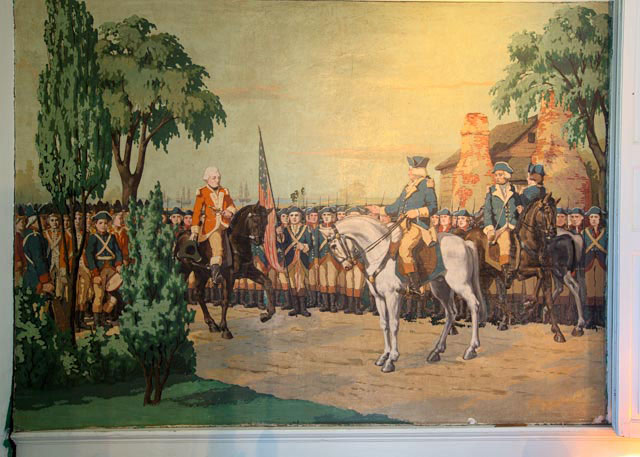 |
|
The Chain of Colonial Picture Houses started losing money when the U.S. government began a program of voluntary gas rationing during World War One. Nutting sold the Webb House to the Connecticut Society of Colonial Dames in 1919. As quickly as they could manage, the Dames covered up all the murals with period-correct wallpaper. Finally, in 1996, the Dames removed the wallpaper in the “Yorktown” parlor, uncovering the Nutting murals for the first time since the 1920s. In 2007, at the urging of Executive Director Charles T. Lyle, the murals in the northeast parlor were uncovered and that room was reinterpreted in the Colonial Revival period.
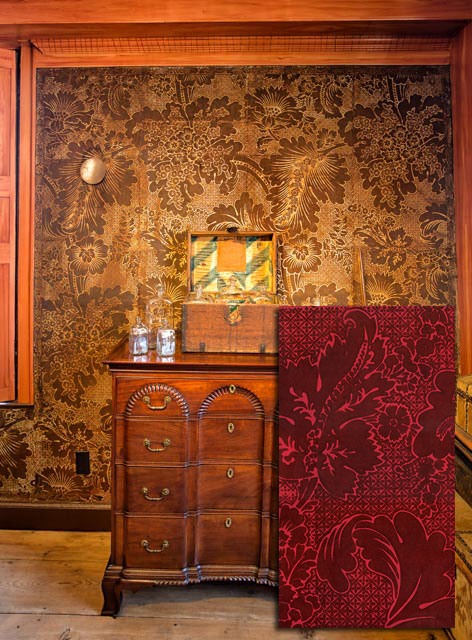 Above - This is the actual wallpaper that was up on one of the walls in the upstairs bedroom where Washington slept for five nights during his 1781 conference with Rochambeau. |
When you go there now, Wallace Nutting is presented as an important part of the Webb house’s history. At webb-deane-stevens.org Charles Lyle has put up a concise, interesting article about Wallace Nutting in general and the Webb House-Nutting connection. "In New York they joke about the New England conscience, " Wallace Nutting wrote in his 1936 autobiography, Wallace Nutting’s Biography. “Our business,” he said, “is lifting up a glorious standard whether men will follow or not.”
|
